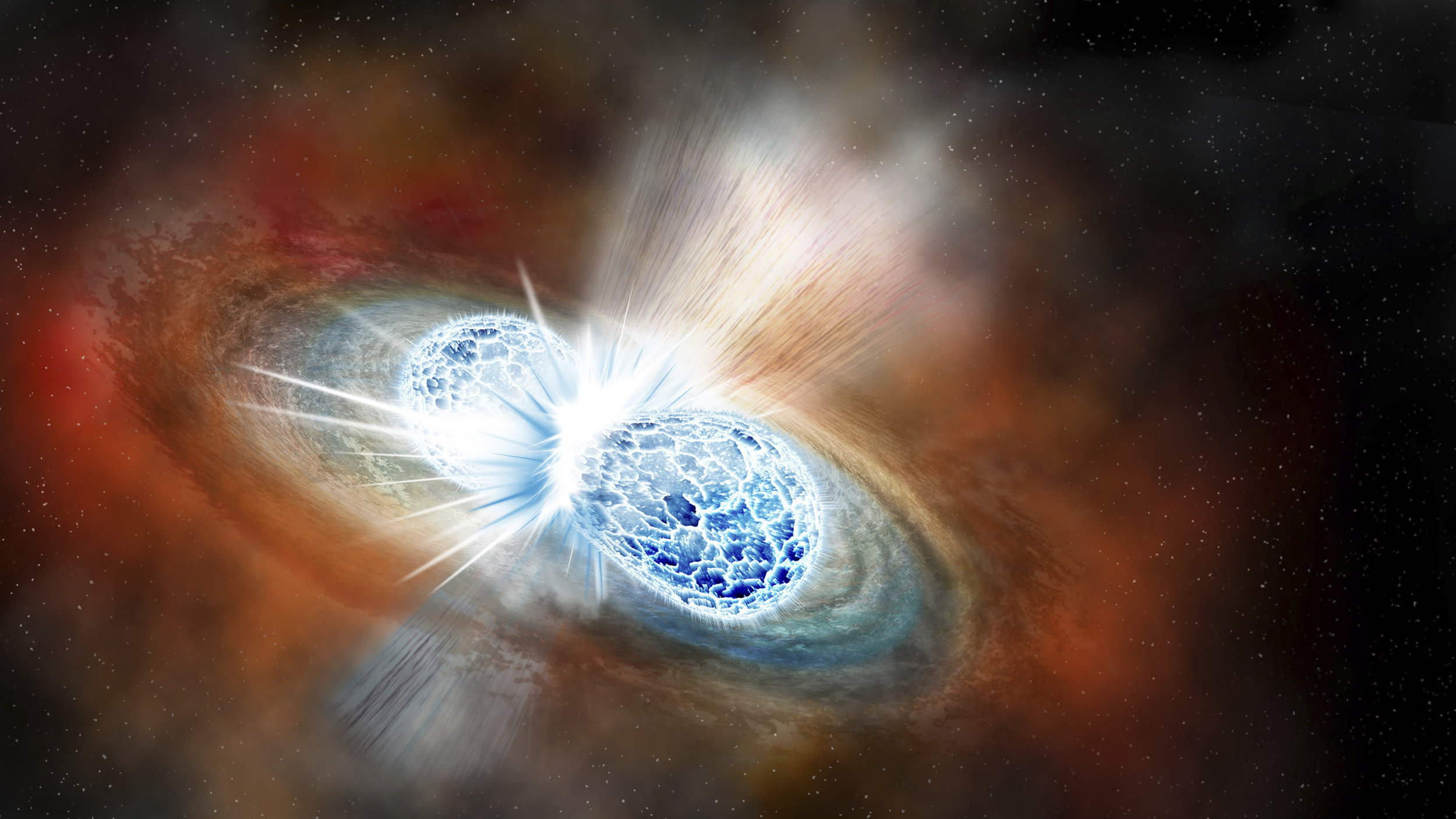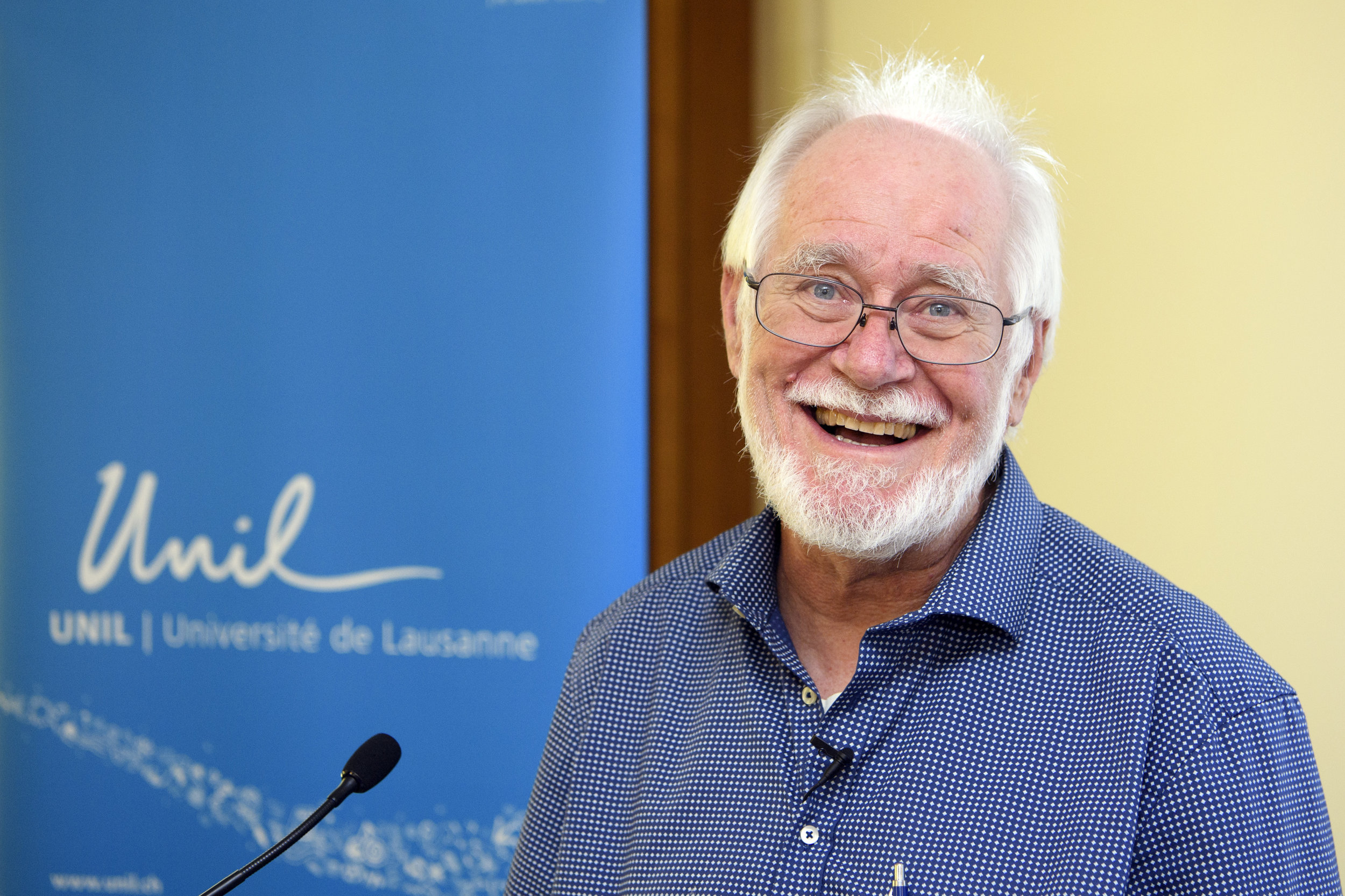Scientists use gene-editing technology to knock out genes in human embryos for first time
/For the first time, researchers have used genome editing technology to study gene functions and gain a better understanding of human’s early developmental stages. This has helped to reveal the important role of the genes in human embryos in the first days of its development. Genome editing or genome editing with engineered nucleases (GEEN) is a type of genetic engineering in which DNA is inserted or replaced in the genome of a living organism using engineered nucleases or molecular scissors.
A team of researchers led by Dr. Kathy Niakan, a developmental biologist at the Francis Crick Institute in London, used the genome editing technology to stop a key gene from making a protein called OCT4. OCT4 is a homeodomain transcription factor of the POU family. This protein is critically involved in the self-renewal of undifferentiated embryonic stem cells which normally becomes active in the first few days of human embryo development. The study found that human embryos cannot form a blastocyst without the protein OCT4.
Before the first study with gene editing technology in a human embryo was conducted, researchers normally removed and disable genes only in mice, fruit flies, and other laboratory domestic animals to study the genes’ normal roles. The researchers spent nearly a year optimizing techniques in mouse embryos and human stem cells before conducting human embryo experiments. They had to undergo a review by the national Human Fertilization and Embryology Authority in the United Kingdom to conduct research in human embryos and after some time, they licensed Niakan and her team to perform gene editing on human embryos left over from in vitro fertilization treatments. They applied last 2015 to use the CRISPR editing technique to learn more about the active gene in their early development and now that they are licensed, they are planning to focus on OCT4 protein first.
In the experiment, human embryos lacking OCT4 had difficulty reaching the blastocyst stage: Only 19 percent of edited embryos formed blastocysts, while 47 percent of unedited embryos did. Blastocysts are balls of about 200 cells that form about five or six days after fertilization. The ball’s outer layer of cells gives rise to the placenta. Inside the blastocyst, one type of embryonic stem cells will become the yolk sac. Another kind, about 20 cells known as epiblast progenitor cells, will give rise to all the cells in the body.
According to Dr. Niakan, they were surprised on how critical the gene is for human embryo development, but they still further research to confirm its role. They want to know what does a gene do in the developing embryo, but the only way to find out is to see what happens if it isn’t working. The researchers have to demonstrate a resourceful way of doing it, they hope that other scientist will use it to find out the role of the genes.
"If we knew the key genes that embryos need to develop successfully, we could improve IVF treatments and understand some causes of pregnancy failure. It may take many years to achieve such an understanding, our study is just the first step."












































